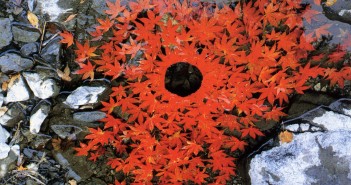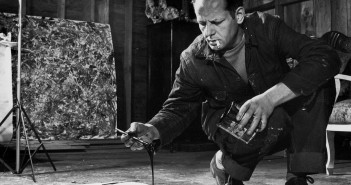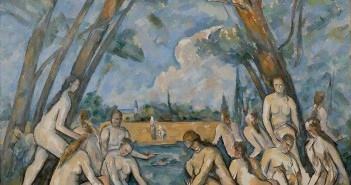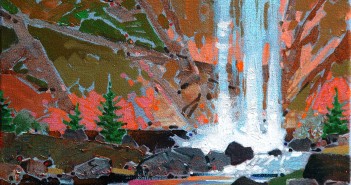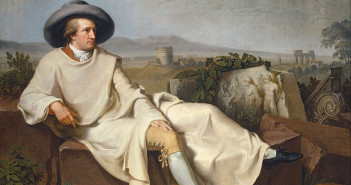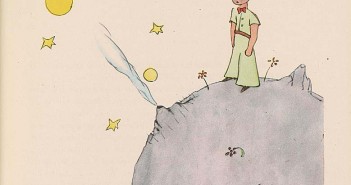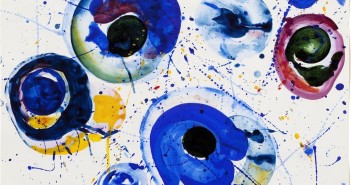
Speculating
While walking recently through a California olive grove, a budding art collector and I ruminated on love and investing. “I’m an intuitive collector, but my husband likes to research. He wants to learn about the artists and their drives,” she confided. “We have an agreement. Whatever we buy, we must both love it.”
“As an artist,” she asked, “does it bother you if a collector buys your painting but later sells it?” Without hesitation, I replied, “The art world needs speculators. What would emerging artists do without someone willing to take a chance? And what fun would collecting be without the gritty discovery of future treasures?”


